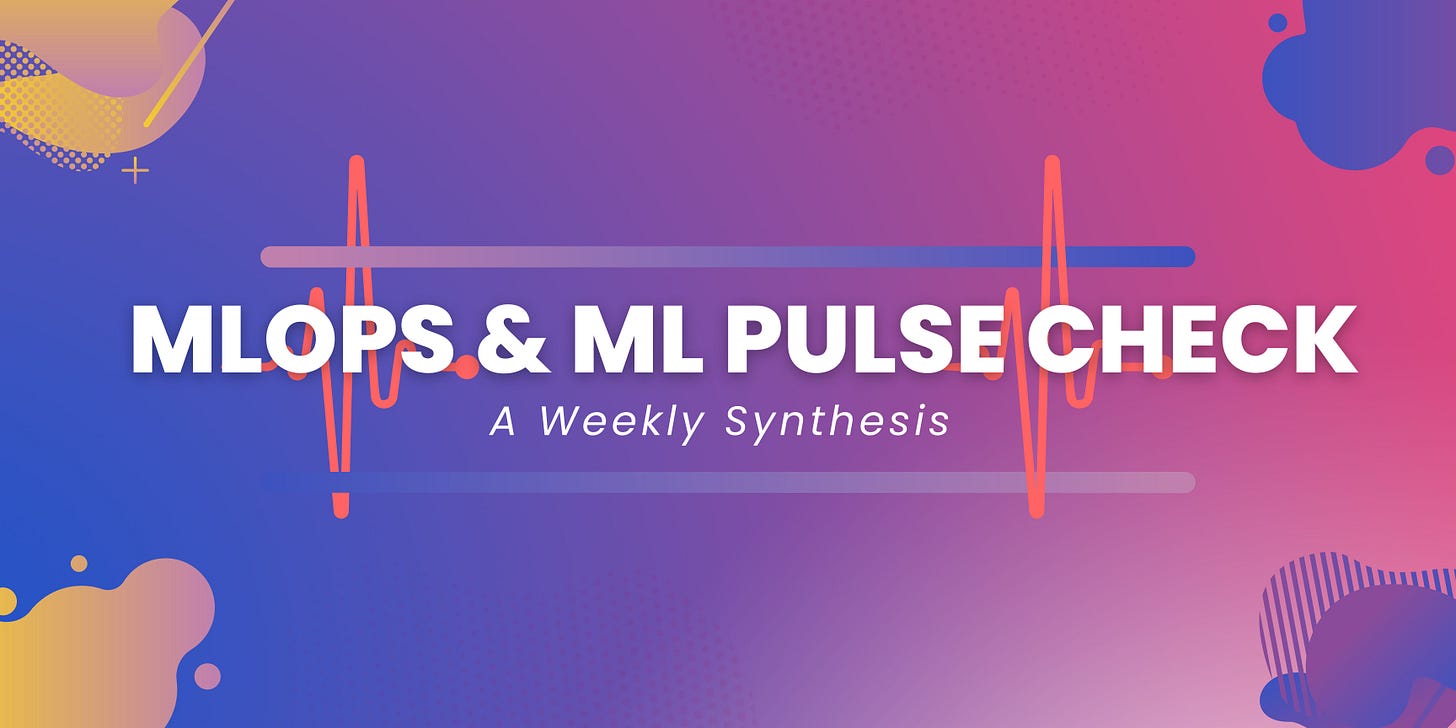Navigating the LLM Revolution with a Greener Lens: We're Back with Insights!
Understanding the Environmental Impact of Large Language Models
Hey there, Tech Enthusiasts! 👋
Missed us? We're back from our deep-dive sabbatical, and oh boy, do we have stories to share! 😎 No, we weren't busy planning virtual karaoke sessions (though that's still on the cards). Instead, we've been unraveling the tangled web of Large Language Models (LLMs) and their environmental footprints.
Remember when everyone was raving about AI-generated images of cats playing pianos? Well, we decided to zoom out and look at the bigger picture.
What's the most ironic thing about LLMs? They're learning about climate change while contributing to it.
We took a step back as the hunger for Large Language Models (LLMs) like GPT-4, and Gemini grew in the past months. We wanted to understand the broader implications of these technologies, especially their carbon footprint. It's easy to get lost in the excitement of technological advancements, but we believe in being conscious creators and users.
So, we rolled up our sleeves and dug deep. We examined the flashy outcomes and the underlying processes, energy consumption, and potential environmental impacts of these fascinating yet resource-intensive technologies.
And now, we're back, armed with insights and a renewed commitment to marvel at the marvels of LLM and be mindful of our planet.
Bridging the Global Divide: Rethinking the Impact of Large Language Models
Have you ever wondered if technology could widen the global divide instead of bridging it? This thought-provoking article invites you to explore the often-unseen implications of LLMs worldwide. Are we creating a future for all or just a few?
The Carbon Impact of Large Language Models: AI's Growing Environmental Cost
This piece isn't just a revelation; it's a beginner-friendly guide that takes you through the nuts and bolts of the carbon footprint and electrical power of LLMs. It's an eye-opener, especially if you've marveled at models like GPT-4, LLama 2, and Stable Diffusion v1 without considering their environmental cost. This article lays bare the carbon footprints of these popular models as a stark reminder of the ecological price of our digital advancements.
MLOps and ML Pulse Check
1. Spotlight on Google Gemini:
Google recently unveiled "Gemini," their most ambitious and versatile AI model yet. Gemini is a giant leap in multimodal AI, blending text, code, audio, image, and video understanding. It’s designed to be efficient across various platforms, from data centers to mobile devices. There are three versions: Gemini Ultra for complex tasks, Gemini Pro for multiple applications, and Gemini Nano for on-device tasks.
2. Mark Your Calendars - December 13th:
Here's the kicker - Google is releasing the Gemini API on December 13th. We're on the edge of our seats, ready to benchmark its costs and efficiency against OpenAI. This is not just another tech update; it's the dawn of a new era in LLM capabilities!
Your Role in Shaping the Future:
These articles aren't mere reads but invitations to a more extensive dialogue about technology's role in our world. As we venture into an AI-dominated future, your awareness and engagement are crucial. Join us in this enlightening journey, where every bit of knowledge contributes to a more informed and responsible approach to technology.
We're excited to announce that we're embarking on a mission to empower everyday users to understand and reduce their carbon footprint using LLMs like Bard and GPT. We're developing innovative apps and tools to make this information accessible and actionable.
If you have ideas or want to be part of the team leading this movement forward, reach out! We're always looking for passionate individuals to join our mission!






